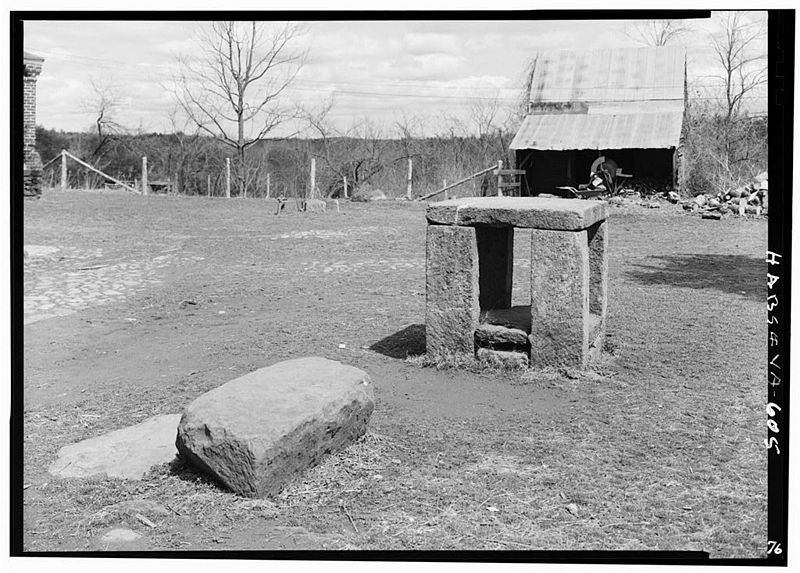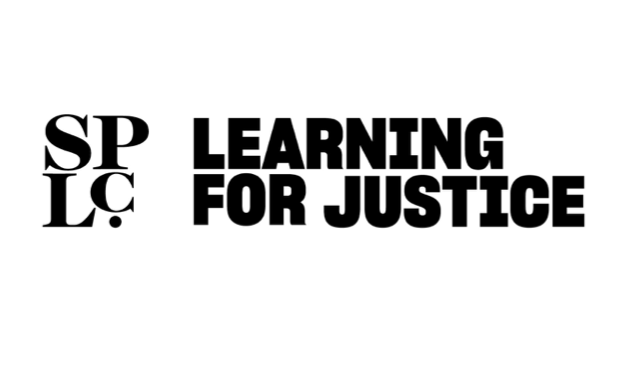American Slavery Simulation: We Can and Must Do Better
A recent simulation of an auction during a fifth-grade lesson about slavery is just the latest illustration of why we need better ways to teach hard history.

Share
March 18, 2019
A recent simulation of an auction during a fifth-grade lesson about slavery is just the latest illustration of why we need better ways to teach hard history.
Share
Mock slavery auctions in the classroom and what we can do better
Once again, a U.S. school is in the news for a classroom slavery lesson gone horribly wrong. According to one black student in a fifth-grade class at The Chapel School in Bronxville, New York, last week his teacher had all the black students go into the hallway so she could “put imaginary chains along our necks and wrists, and shackles on our ankles.”
The students were then allegedly led back into the classroom, where their white classmates were encouraged to “bid” on them in a mock auction.
The teacher is now under investigation by her administration, and New York Attorney General Letitia James is also looking into the incident, which this teacher reportedly duplicated in another period that day.
Her attorney included this note in a statement last Friday: “To the extent anyone took offense to a small portion of the overall lesson that day that was used solely to emphasize the tragic injustice of slavery, it certainly was never intended.”
But here’s the thing: Whatever else that lesson included, those black children will most likely vividly recall the “small portion” in which they were singled out and humiliated. What did they really learn from this lesson?

Unfortunately, this falls in line with research Teaching Tolerance conducted in 2017 regarding teaching and learning about American slavery. We surveyed more than 1,700 teachers, most of whom told us they don’t have the materials or support to do this history justice. Among other things, we found seven common problems when it comes to teaching this topic. Pay particular attention to numbers five and seven concerning the New York case:
As we note in that report, Teaching Hard History: American Slavery, we can and must do better.
The poor pedagogy we most often see is that which most often ends up in the news, as with The Chapel School slavery simulations, which can harm vulnerable children. Simulating traumatic experiences is ineffective as a learning strategy, to say the least.
And too often, teaching on this subject focuses on the experiences of white people during the American slavery era and the political, social and economic choices they made—while completely disregarding the lived experiences of enslaved people.
The problems run deep, but we have an entire framework designed to help educators get this history right—without traumatizing their students in the process.
To all educators who teach about American slavery, we encourage you to evaluate the messages you’re communicating in your lessons about this history. Are you and your students examining the human cost of the institution? Are you discussing the oppression and brutality as well as the many large and small ways enslaved people resisted their enslavers?
As a whole, we can and must do better. Our Teaching Hard History resources can help.
Find related resources in Share My Lesson’s American Slavery collection.
For resources on helping children with traumatic events, look through Sahre My Lesson's collection here.
The original article was published March 11, 2019 and can be found here.
